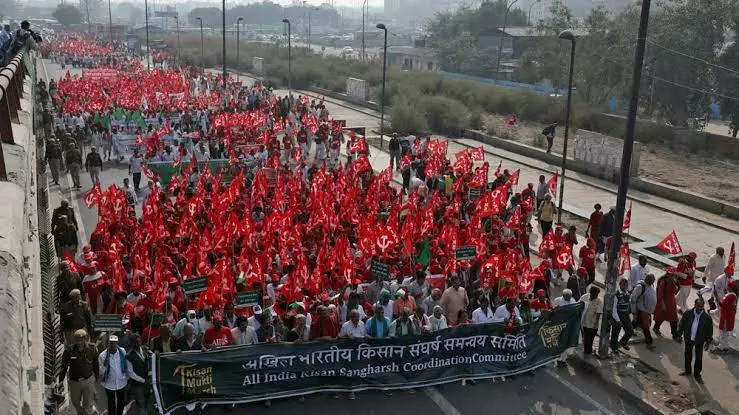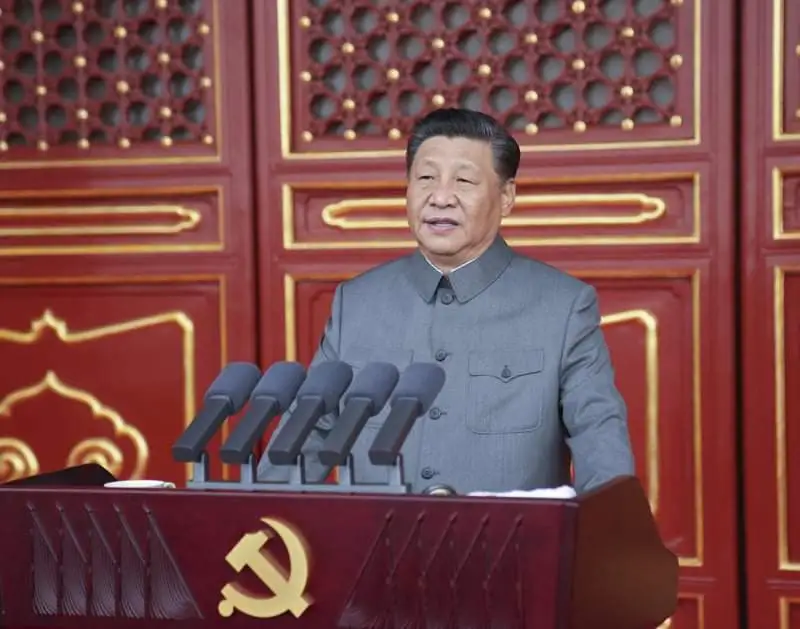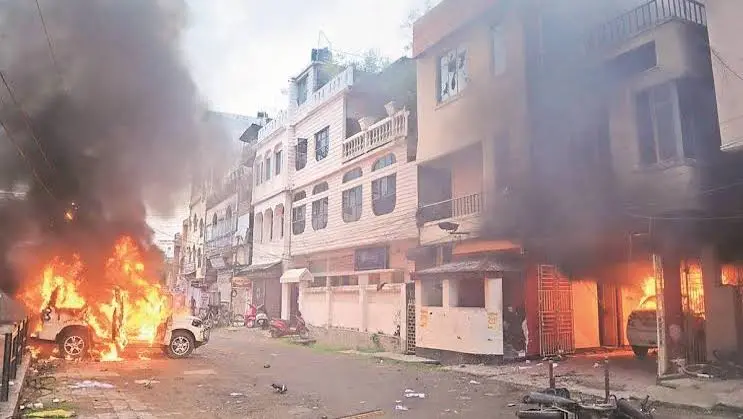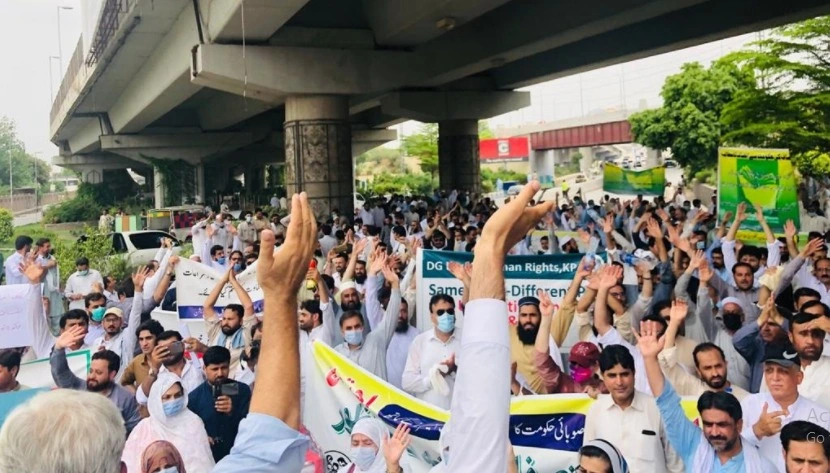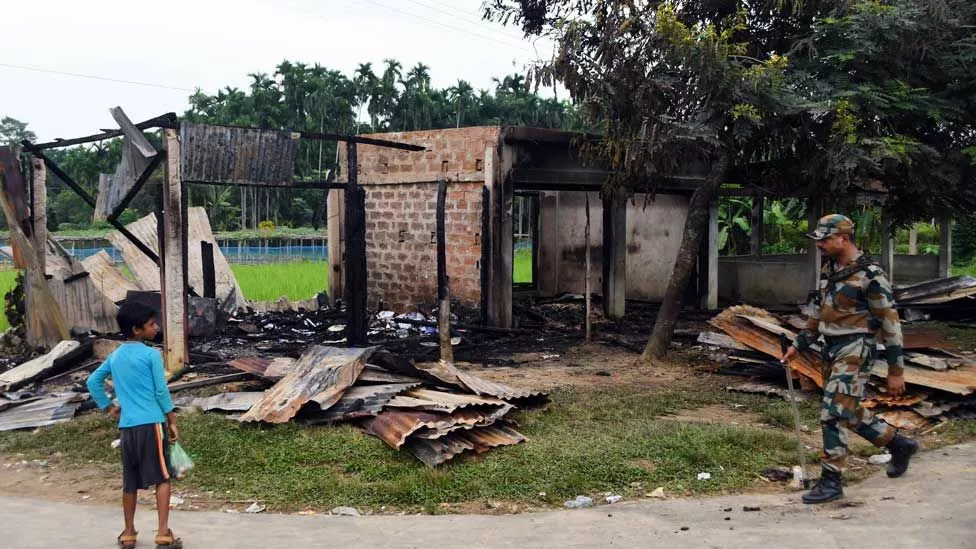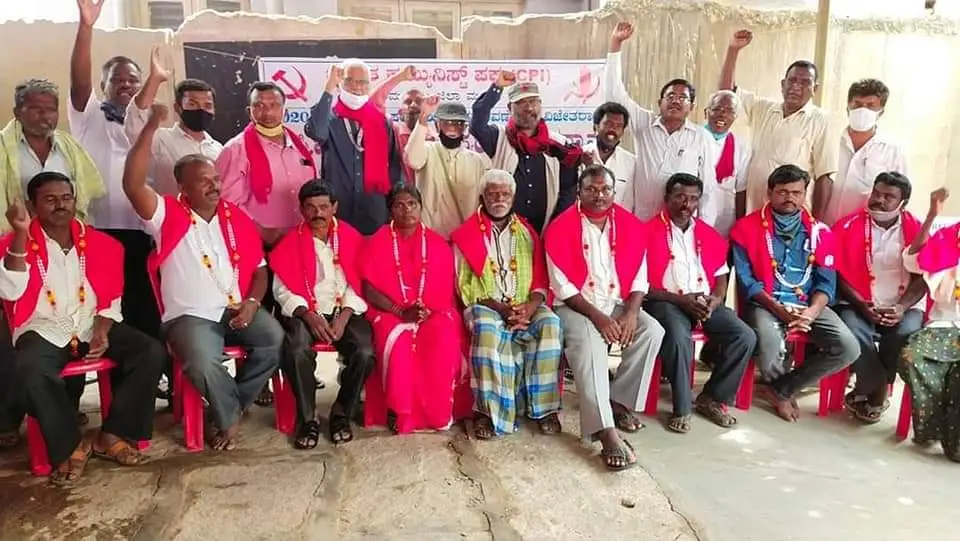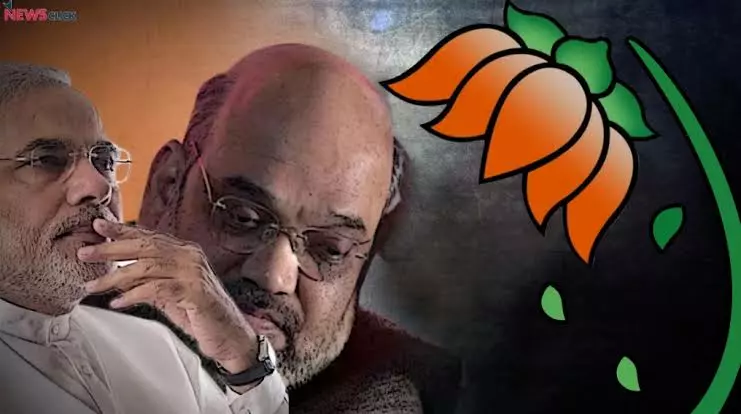A year has passed since the farmers from the states of Punjab and Haryana have reached the borders of the national capital and finally on 29th November 2021 the movement achieved its first major win when the government repealed the three farm laws in the parliament of India. Ironically, the farm laws repeal bill 2021 was passed very similar to how these laws were brought in first, without any debate or discussion in the house. But definitely a victorious wave spread over all farmers’ protest sites after. The further action plan of protesting farmers is still to be decided by the Sanyukt Kisan Morcha because few farmers’ demands like guaranteed Minimum Supporting Price (MSP) at one and a half times the input cost or repealing of Electricity Bill or withdrawal of criminal cases against the farmers remains unaddressed. Yet today’s victory is one of the major victories of the recent political history of India where people resisted and brought back policy level changes. But not to forget BJP’s IT Cell is still at play, constantly trying to label the farmers as terrorists, maligning the movement, and attempting to distract the people of this country from the very immediate and real issues that confront them.

At this moment, when the movement took a major step forward and also completed its 1st anniversary, it also becomes important to note the other triumphs of this movement. While the movement has significantly raised the level of social and political consciousness of the people, it has also become a reckoning force of resistance against the wholesale loot and privatization of national assets by the Modi regime. The movement has enabled an understanding of the present political situation exposing efforts made by the present government to implement anti people and pro-corporate policies. The farmers' movement has dispelled the illusion of Modi regime’s invincibility and has stopped the totalitarian regime from pursuing its designs. It has provided the working class people and especially the political opposition a new lease of hope and courage to fight on. The embedded media houses that had gotten cosy with the government have had their public narrative of ‘no alternative other than Modi’ challenged and thoroughly defeated. The people themselves have now questioned the inevitability of the corporate development model shining hope on a people’s model of development in its place. This movement has also shown how to conduct an all-out struggle against a fascist corporate friendly totalitarian regime introducing a new and viable model of struggle to the left wing forces of this country. The peaceful, class conscious, multi-partisan nature of this struggle has won admiration and support from all across the world and the struggle stands as a veritable shield against every onslaught perpetuated by the Modi regime. Perhaps this is why the workers, peasants, intellectuals and economists are watching this movement very closely.
The movement that started in Punjab and Haryana not only brought together farmer organisations from all over the country, but also coalesced trade unions of small shopkeepers, students’, youth and women’s organizations into a united front. Earlier the country only envisioned political fronts in the form of UPA or NDA, basically fronts made by the bourgeois parties representing the ruling capitalist class. It is perhaps the first time that the country witnesses such a widely encompassing united front made by peasants and workers, that too keeping aside regional, communal and caste differences especially in a time where the regime in power keeps on fanning and flaming caste and communal tensions. But then, it is a bitter fact that the farmers’ movement too is not completely free from the corrosive effect of communal and casteist violence, in order to break the unity of the masses and sabotage the movement. The brutal lynching of a Dalit man Lakhbir Singh at Singhu Border is also part and parcel of the efforts to defeat this movement. While on one hand, the act of sacrilege was publicized to hurt the sentiments of the minority community, on the other hand there were definite attempts to sow the seeds for caste tensions in Punjab which could be harvested as electoral dividends in the coming state elections.


Another important thing to discuss is how farmers have chosen to register their protest. The early decision of the farmer unions to lockdown the toll plazas, which mainly happened in Punjab and Haryana, hit where it hurts the most- corporate monopoly capitalism. The Ambani-Adani-Modi trio has incurred major losses directly at the hands of the struggling people, the very people who were being exploited at the hands of these big corporate magnates, Adani and Ambani are still enlisted as one of the richest persons in the world. The movement also gave new means and methods of resistance to the people; the boycotting of Reliance petrol pumps, the blockade of rails going towards Adani’s mega silos and logistical parks, online appeals to boycott reliance products, to name just a few. Another interesting insight that this movement yielded is how people can consciously use social media as a sight of effective and meaningful protest. Taking the rabid hatred and lies spread by the BJP IT Cell, it is the first time that a resistance movement has taken the virtual challenge seriously and has given a meaningful political counter to the domination of BJP on the same contested space. All of this has not happened on its own, rather the young generation was deliberately given these responsibilities so that technology and language do not become an obstruction to this popular movement. This movement has taught us that when the government gains total hegemony over all media and communication, the people turn to new ways and mediums to voice their resistance. In a nutshell, this movement has set up the protocol for democracy.
By Navkiran Natt & Shivam Mogha (Co-editors, Trolley Times)
